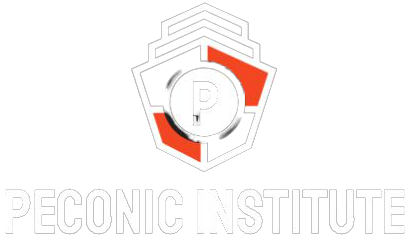Do you have pests in your home? Whether it’s ants or termites, cockroaches or mosquitoes–no one likes having their home invaded by unwelcome guests. Arm yourself with knowledge about common household pests and learn how to take back your home!
Common Household Pests
Learn more about the top six American house pests so you can identify how to stop them from entering your home:
- Ants: Most ants come inside homes searching for food. Often they’re attracted to sweet-smelling crumbs you thought you swept up from the floor. Ants make colonies outdoors but find their way inside through gaps in the windows or cracks in the wall.
- Bed Bugs: While bed bugs aren’t known to carry disease, they do bite, feeding on your blood at night. Bed bugs are prolific breeders, making infestations extremely difficult to eradicate without the help of a professional.
- Cockroaches: These pests seek shelter, food and water–the primary reason they make their way inside your home. Cockroaches can be dangerous because they can carry diseases like cholera, diarrhea, typhoid fever and dysentery. If cockroaches get into your food without your knowledge, they can spread bacteria that cause streptococcus and salmonella.
- Flies: During the winter, flies hibernate inside your walls and attic. Fly larvae need organic matter to develop. Your trash can easily be one of these preferred growing locations. When left unchecked, flies can transmit diseases such as dysentery, food poisoning and cholera.
- Mosquitoes: If you have an infestation of mosquitoes, you’ll need to be wary of the females who do the biting. Mosquitoes can transmit malaria and West Nile virus, which can cause potentially fatal conditions to those who contract the illnesses. The mosquito larvae typically develop in pools of water.
- Termites: These pests occupy your property and devour all wood and cellulose material. Termites can cause severe damage to the structure of your home. Shockingly, you might not even be aware of the damage done until years after they’ve started eating away at your home. But by that point, it’s too late.
Start With Pest Prevention
When it comes to taking care of your pest problem, first start with preventing the problem. Examine your home for any obvious sources of food, water or shelter for the pests. Next, remove these sources. Put all of your food in sealed containers. Place all garbage or food scraps in containers and latched bags. Routinely remove rubbish from your home, so you don’t give reasons for pests to come inside.
If you have any leaky pipes or water accumulating, call your plumber to have it fixed. Pests love damp areas and easy access to water. If you have a pet, dump their water before bedtime. It’s wise to conduct additional repairs to your home, like sealing up any cracks or holes you have in your walls. Utilize caulk and insulation to prevent pests from entering your home. Don’t forget to seal around the pipe penetrations made for gas, electrical, air-conditioning and water piping.
Be sure to check for pests on any luggage, packages or boxes before you enter your home. You can also try spraying your window screens with bug spray for an additional measure of protection against some pests like mosquitoes.
One additional factor to consider in preventing pests is to invite natural predators to your backyard. Warblers, swallows and bats are effective means of pest control. Depending on the species of bats, they can help with spiders, flies, wasps and mosquitoes. Consider buying a bat house for your backyard.
Use Pesticides With Caution
If the preventative options are still not working, it may be time to use pesticides for your pest issue. When you proceed, do so with caution. Because pesticides are toxic, spray when you can guarantee the area will be free from children and pets. Use pesticides in targeted areas. Do not spray them over an entire room. Pest foggers can be dangerous when inhaled–use this product only when necessary.
When purchasing products, try to buy pesticides that are ready-made. Avoid those that require chemical mixing. Always follow the manufacturer’s instructions so you safely use the product. Never apply more than the recommended amount of the pesticide. Also, ensure you use inside products in your home and outside products in your yard. Chemical products manufactured for the outdoors tend to have a more potent formula and will last longer than those made for inside.
Hire a Professional When Needed
Another option to consider when handling your pest problem is to hire a pest control professional. The benefit of working with a professional is that they have years of experience in inspecting the property and working to prevent pest infestations. They can provide helpful advice and practical solutions on how to proceed with your pest issue.
The most significant appeal of working with a professional is not having to handle pesticides yourself. A pest control company would spray all needed chemicals and take this side of the job.
Arm Yourself With Knowledge
Now that you know more about six common household pests, you understand how to fight back against them. Start first with preventing pests around your home, then try your hand at pesticides or contact a professional. You’ll soon have control over your home again!
The post What You Need to Know About Household Pests appeared first on Mom Blog Society.














